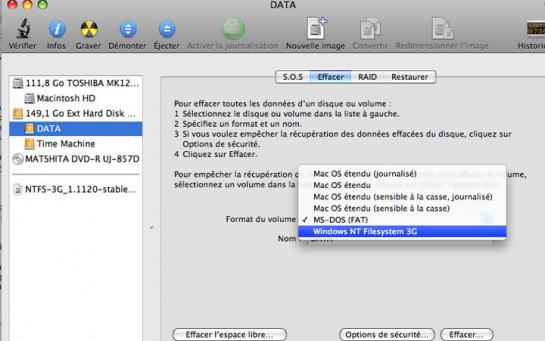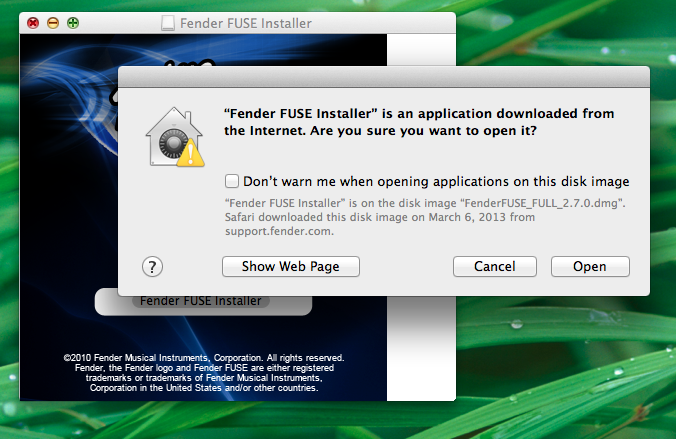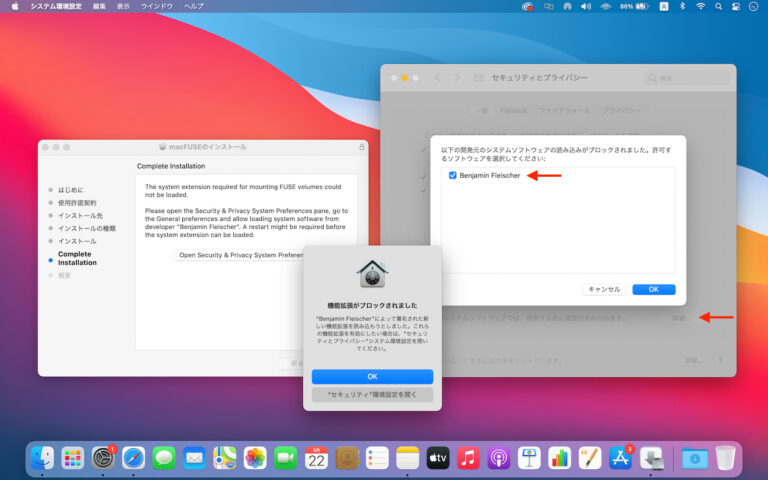

- Brew macfuse how to#
- Brew macfuse install#
- Brew macfuse pro#
- Brew macfuse license#
- Brew macfuse mac#
We need all the files: Fuse for MacOS 3.5.3 (current), XCODE, Homebrew. It’s not hard, very easy and it works perfectly.

Brew macfuse how to#
There are many paid software out there to do that, but has an article on how to do this manually.
Brew macfuse mac#
Now we’re done… reboot and we should be able to write to the Windows NTFS folder.įor Mac Wanna Be devices, we always have some NTFS partitions from Windows OS that need to be read and writable. Sudo ln -s /usr/local/Cellar/ntfs-3g/2016.2.22/sbin/mount_ntfs /sbin/mount_ntfs !! link mount_ntfs to mount_ntfs. Sudo ln -s /usr/local/Cellar/ntfs-3g/*/sbin/mount_ntfs /sbin/mount_ntfs !!if you don't want to write the whole folder number. Sudo mv /sbin/mount_ntfs /sbin/mount_ntfs.original !!rename original mount_ntfs.
Brew macfuse install#
Must have xcode version 8.2.1 and command line tools installed to work with macOS Sierra.īrew update !! if you installed homebrew already you will have an error.īrew install ntfs-3g !!check for the folder # inside the Cellar folder. Here are the simple instruction codes needed to get fuse 3.5.4 to work. Now after installing homebrew correctly with install.rb. After hours of Googling and I found Skyl on github who wrote a script “Homebrew without sudo” (amazing script). I tried to install Fuse 3.5.4 on macOS Sierra using the same procedure but failed to install Homebrew miserably due to error “/usr/local/bin: not a directory”. We no longer need install.rb to install homebrew.īrew install ntfs-3g (not homebrew/fuse/ntfs-3g) Brew had been updated and it works perfectly with macOS Sierra 12.5. Reboot and everything should work if the Windows partition is clean – should run chkdsk or finish all the updates. Sudo ln -s /usr/local/Cellar/ntfs-3g/*/sbin/mount_ntfs /sbin/mount_ntfs Sudo mv /sbin/mount_ntfs /sbin/mount_ntfs.original3 In case the ntfs-3g no longer works after Windows updates or macOS High Sierra update, we can re-install ntfs-3g by updating: There is a new solution without paying for software. Sudo chmod +s /Library/Extensions/fuse4x.kext/Support/load_fuse4xĪfter doing all this you should be able to mount any remote filesystem via SSH.Since Big Sur came out, the OSXFUSE doesn’t seem to work with ntfs-3g using brew any more. While keeping line 24 (MACOSX_DEPLOYMENT_TARGET) the same.Īfter installation, Brew will display a message saying “In order for FUSE-based filesystems to work, the fuse4x kernel extension must be installed by the root user:“, so just execute this two lined: sudo /bin/cp -rfX /usr/local/Cellar/fuse4x-kext/0.9.2/Library/Extensions/fuse4x.kext /Library/Extensions If you get an error saying “xcodebuild: error: SDK “macosx10.9″ cannot be located.“, you will need to edit the fuse4x-kext.rb located at /usr/local/Library/Formula/fuse4x-kext.rb: Replace on line 21: Next error that must be fixed is that XCode still uses SDK for 10.8 instead of 10.9.
Brew macfuse license#
If you get an error like “Agreeing to the Xcode/iOS license requires admin privileges, please re-run as root via sudo.” all you have to do it to open Xcode and accept the agreement and wait it to install the last patches. With Brew installed, run in Terminal: brew install sshfs If you don’t already have Brew installed, go to and install it.

With the file downloaded, right click on the. The Temporary Option: Use a VM If you only need to read a few files and don’t want to opt for a more permanent solution, there is a fairly easy solution. Fortunately, there are a few ways around this. If you plug a drive in, it’s simply not recognized. I am not an expert on this but this configuration worked for me. Macs, for example, don’t support Ext4 filesystems. (kernel) Kext .osxfusefs not found for unload request.įailed to unload .osxfusefs - (libkern/kext) not found. But it didn't work for me: % sudo kextunload -b .osxfusefs The OSXFUSE file system is not available (1) The OSXFUSE file system is not available (-1) MacBook Air 2020 Apple M1 macOS Big Sur 11.6 shellzsh 1.NTFS-3gMacNTFS 2.macFUSE+sshfsMacWindows 3.Homebrew 4. % sudo sshfs -o IdentityFile=~/.ssh/id_rsa.pub /mnt/Share % brew install osxfuse # <- OSX Fuse is installed % brew install sshfs # <- SSHFS is installed

The remote machine is actually a VirtualBox on the same hardware running CentOS.
Brew macfuse pro#
How to fix this?įYI, my local machine is a MacBook Pro laptop running OSX 10.9.3. I'm getting the error OSXFUSE file system is not available (see below). I'm trying to setup an SSHFS share from my local machine to a remote machine, but it is not working.


 0 kommentar(er)
0 kommentar(er)
